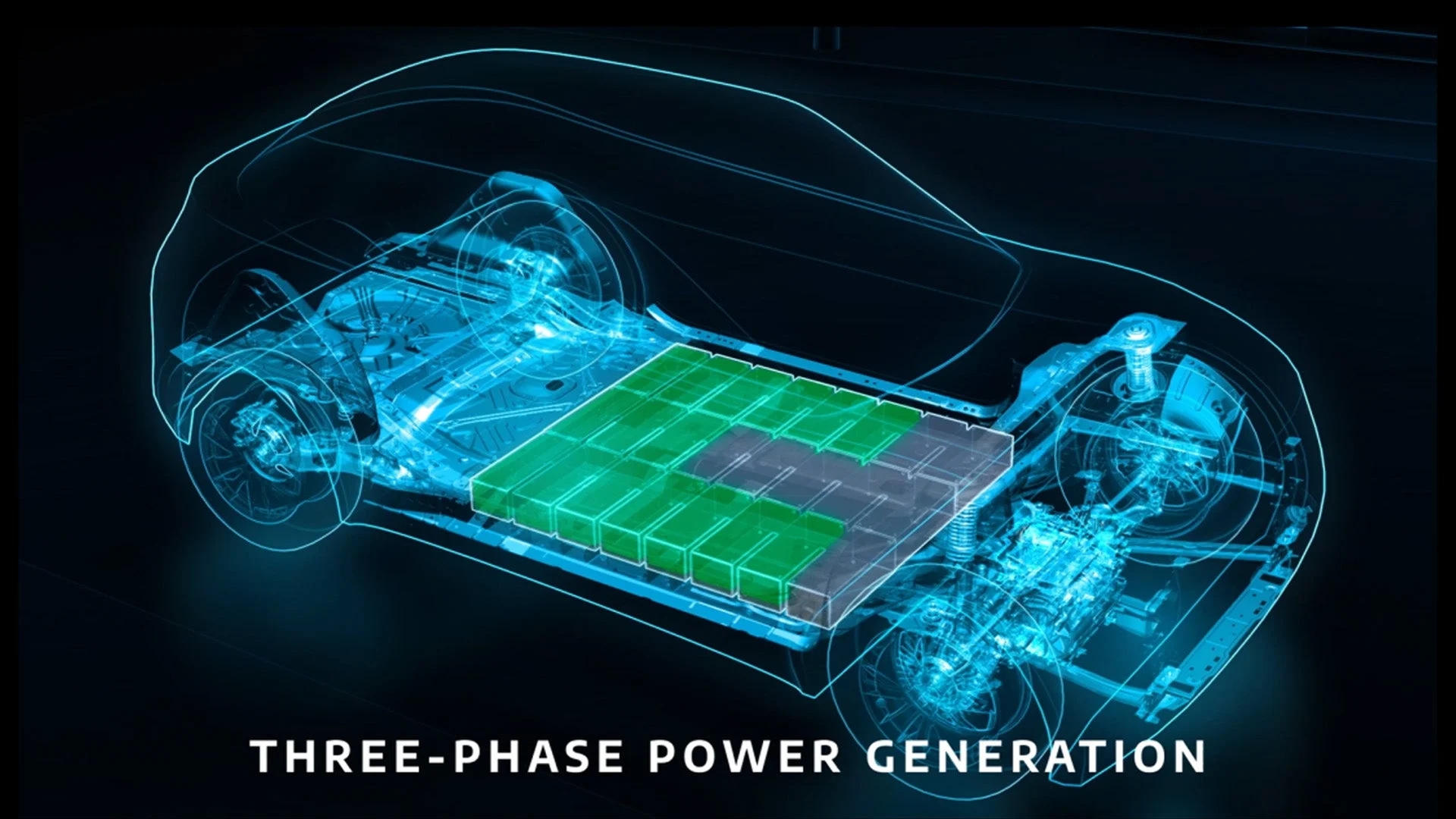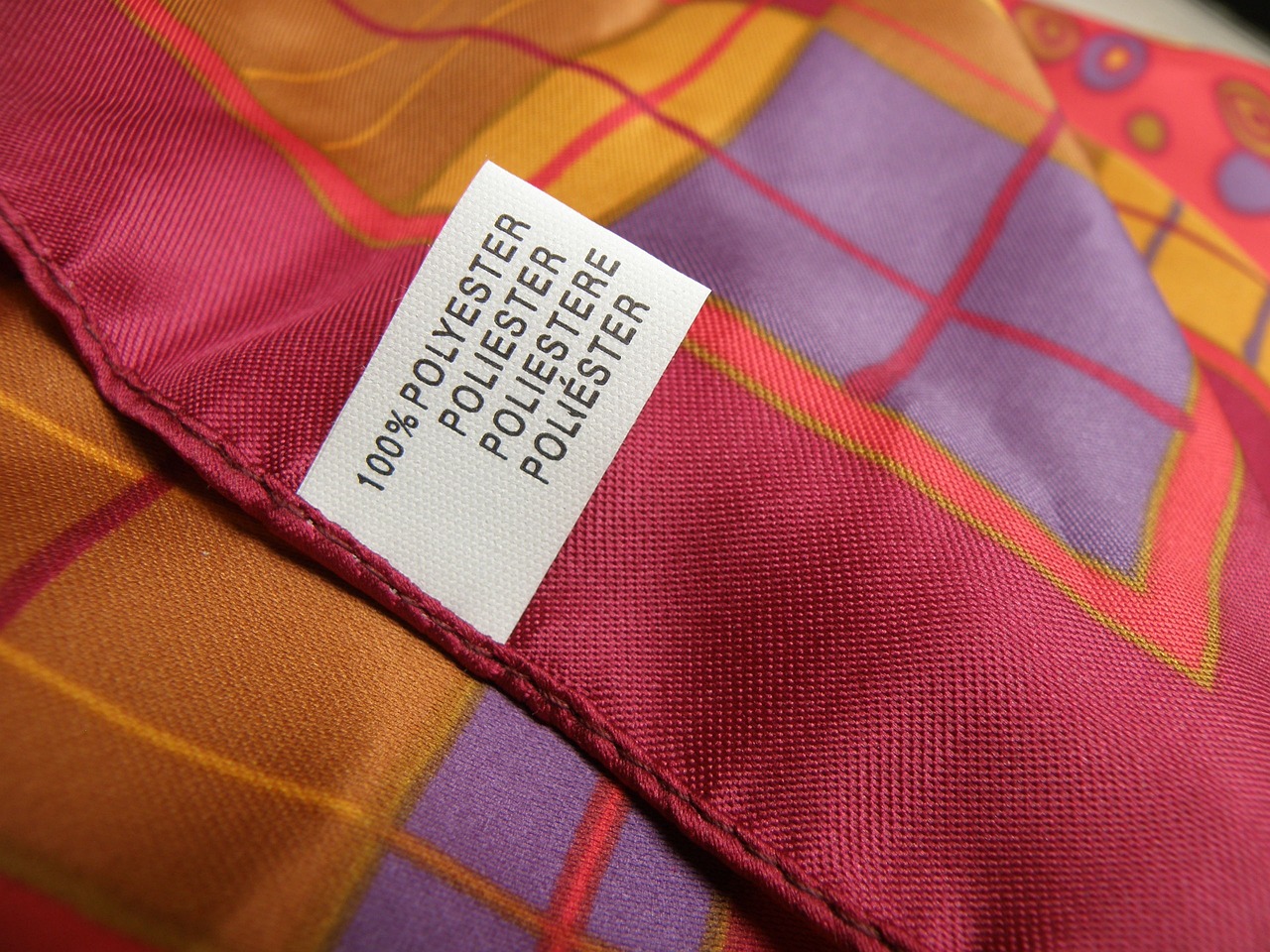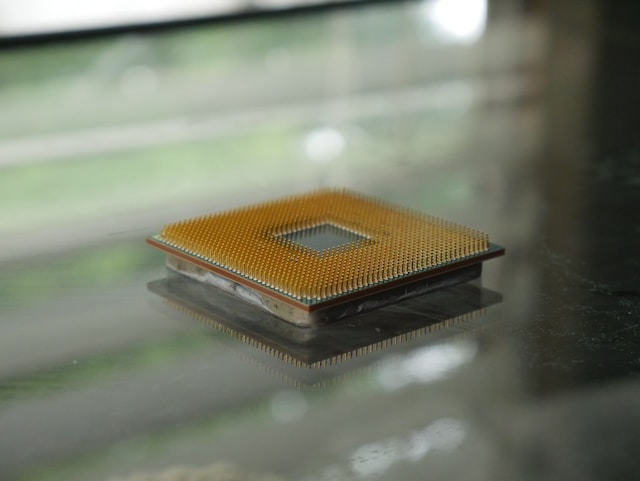The worlds of patents and high technology can get pretty murky fast unless there are experts in law and technology, preferably both, to explain to the International Trade Commission (ITC) or US Federal Courts, not to mention lay people, the subtleties of an alleged patent infringement.
Two High Profile Patent Infringement Cases
In 2010, Murata Manufacturing of Japan filed a patent infringement case against Korean “upstart” Samsung (SEMCO) claiming infringement of 3 Murata patents involving ceramic capacitors and products using them.
Then, in 2011, S3 Graphics, which at the time was in the process of being acquired by HTC, filed two new complaints against Apple Computer, adding to several complaints between the two parties that were outstanding. The complaint centered on the use of “block and band oriented traversal in three-dimensional triangle rendering” and “VGA controlled circuitry” that S3 had patents for.
Patents are a Key Company Asset Requiring Vigorous Protection
According to Michael Randall of Almegacy LLC, who served as the lead expert for SEMCO and as a supporting expert in the S3 case, both decided in their favors, “starting and managing a patent portfolio and coordinating it with business strategy has become more challenging due to the current, highly competitive global passive electronic components industry.”
Electrical components are discrete devices in an electronic system and can be classified as: passive, active or electromechanical. Randall’s company specializes in passive components and associated electronic materials and processing including product development, process optimization, market studies, grant opportunities and intellectual property. Randall’s background is in metallurgy, ceramics, and polymers and using these electronic materials for device design and development through to manufacture.
According to Randall, “today’s devices require more and more capacitance in smaller and smaller packages, which requires millions of multilayer ceramic capacitors in a space as small as 0.4mm x 0.2mm x 0.2mm. Ceramic sheets of dielectric insulation used to make the capacitors are just 1/150th the width of a sheet of paper and all layers have to be flawless.”
According to Randall, the majority of ceramic capacitors are sold as commodity product, meaning that while they are often designed or developed in the US, they are often manufactured in Mexico or Asia. The manufacturing process is complex and technical, entry-level investment for a medium sized factory to produce capacitors starts at $70+ million.
Related articles on IndustryTap:







